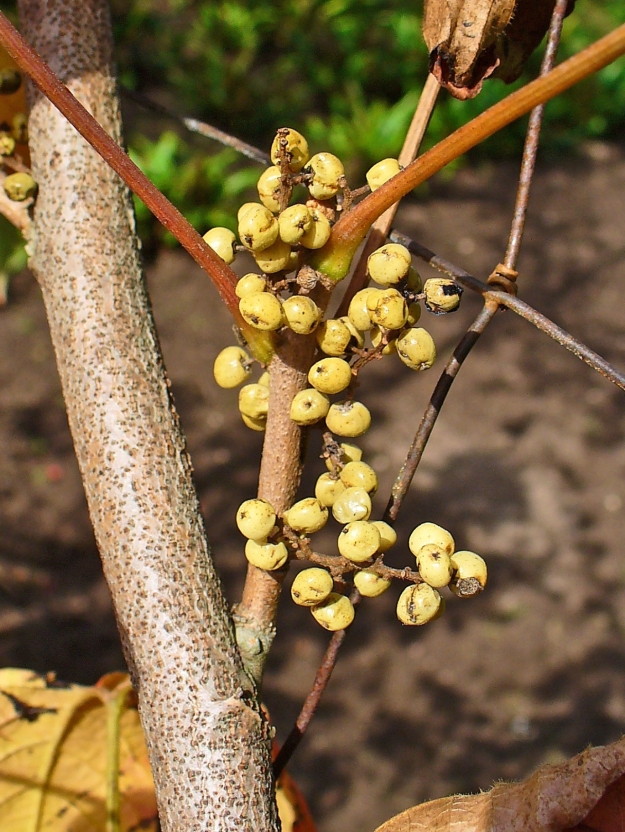I guess that I’ve uttered this phrase a few times while leading walks. On one occasion, a gentleman wryly commented “Only Miles could use the words fabulous and poison ivy in the same sentence!”
And yet, I feel I owe a lot to Taxicodendron rydbergii (scientific name).
At some point during my teenage years, I sat with my legs dangling over the edge of the famous Scarborough Bluffs. It was a warm summer afternoon and I was wearing shorts as I gazed far out into Lake Ontario. The next day, I suffered an itching (and blistering) reaction on the underside of both knees. And for the next week, I had to endure a serious rash.
It was clearly the effects of exposure to poison ivy and it gave me a strong determination to learn to easily identify this plant so that I wouldn’t suffer through this again.
The resin canals of the plant contain a poisonous oil (urushiol) to which many people are allergic on contact, some strongly so and others only mildly. You can also be infected by it through the smoke of burning plants, through contact with clothing or an animal that has brushed against the plants.
It took a long time to be absolutely sure of my poison ivy identification skills. The plant looks quite different in shady environments than in sunny spots. The leaves can be fringed or not. South of Hamilton, a variation of the plant will grow as a vine up trees or the sides of buildings. I have seen heritage homes covered in Boston ivy with strands of poison ivy mixed in.
In the end, the best way to identify poison ivy is to follow this age-old saying:
“Leaflets three, quickly flee!
Berries white, quick, take flight!”
Miles Hearn

